National Parks in Ontario
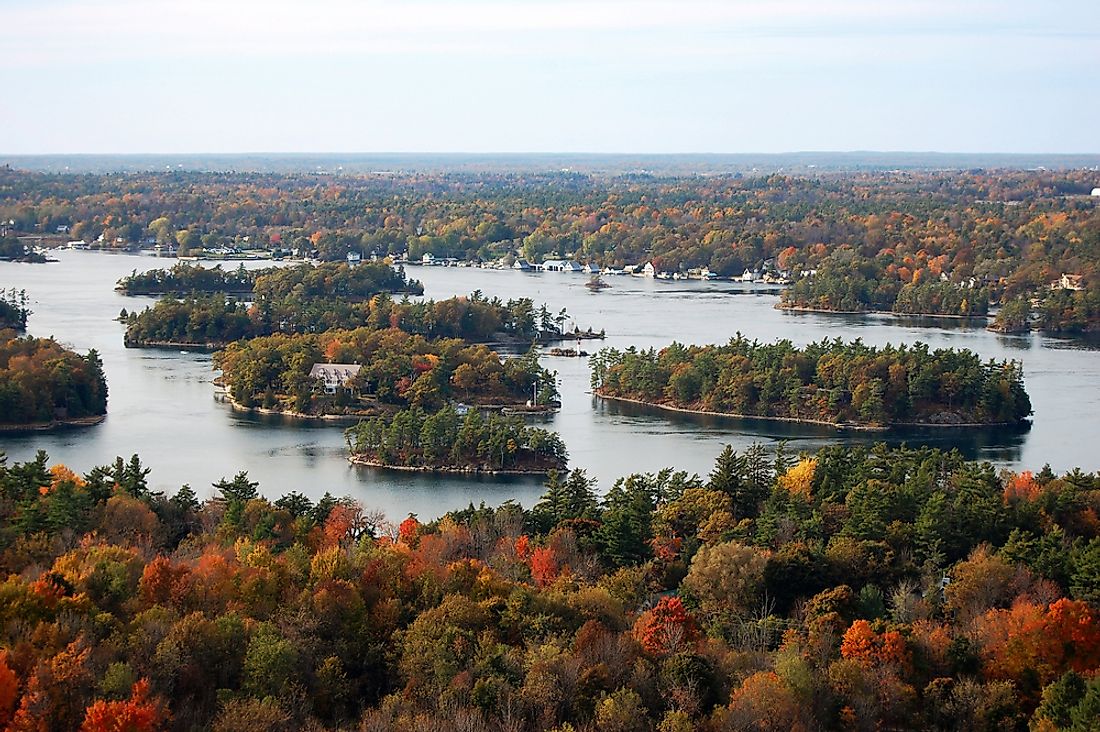
6. Georgian Bay Islands National Park
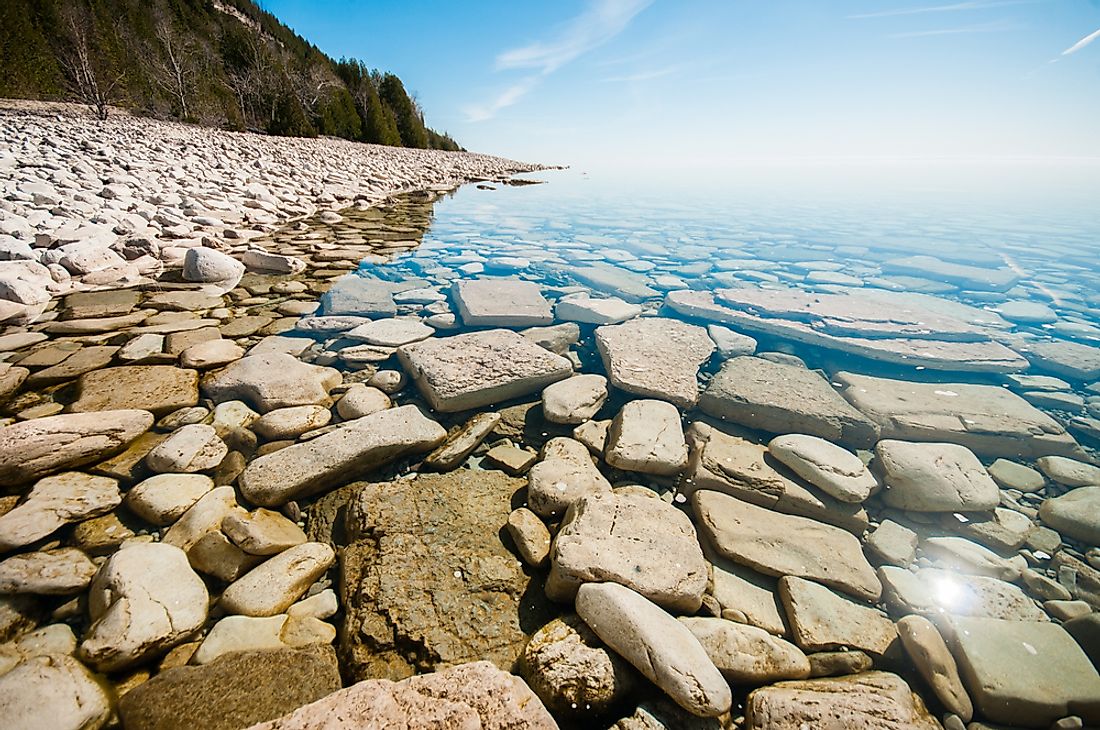
The Georgian Bay Islands National Park was founded in 1929 and hosts over 63 islands. It is famous for having the largest group of fresh water islands in the whole world. There are 33 species of amphibians and reptiles in the park. It also provides nesting sites for terns and gulls. In addition, the Georgian Bay Islands National Park provides a home for the Massasauga Rattlesnake which is a threatened species. The largest among the 63 islands is Beausoleil Island. It is the only island with camping sites for tourists who visit the park.
5. Bruce Peninsula National Park
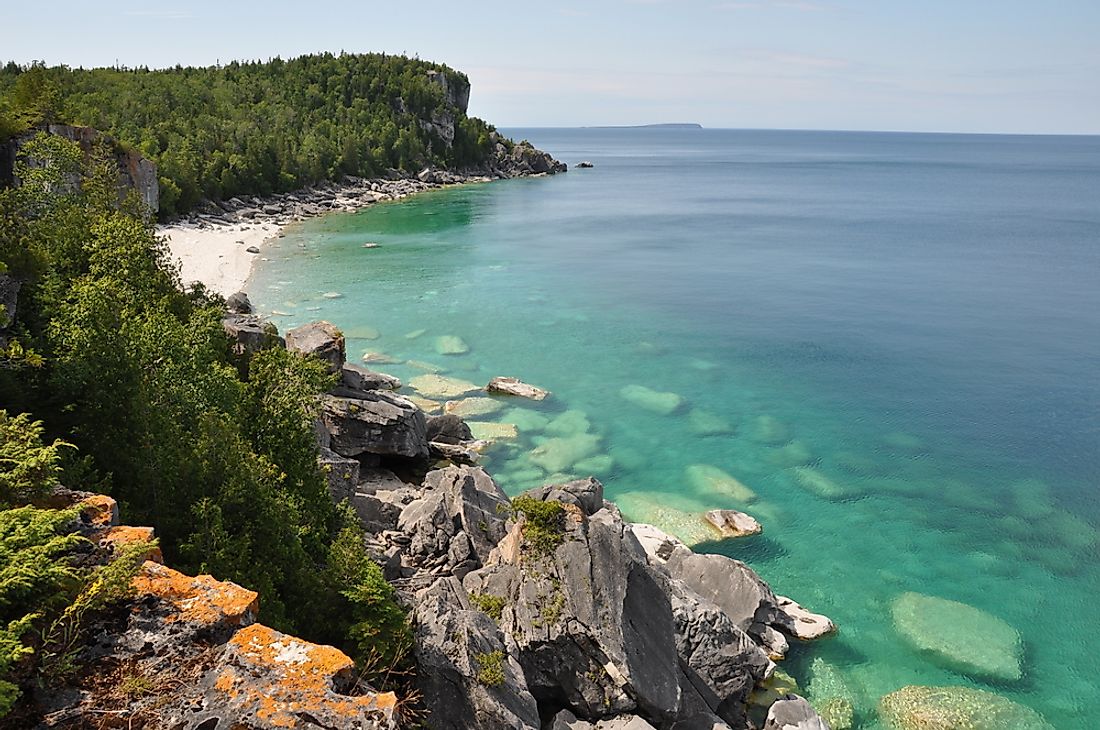
Bruce Peninsula National Park is found on a part of Niagara Escarpment. It is inhabited by animals such as porcupines, chipmunks, squirrels, foxes, frogs, and snakes. There are also more than 40 species of wild orchids in the park. The Bruce Peninsula National Park’s climate is influenced by Georgian Bay and Lake Huron. The area has warm summers and mild winters which are favorable for tourists who love visiting the park. The climate is also favorable for participating in activities such as hiking, bird watching, and camping.
4. Point Pelee National Park
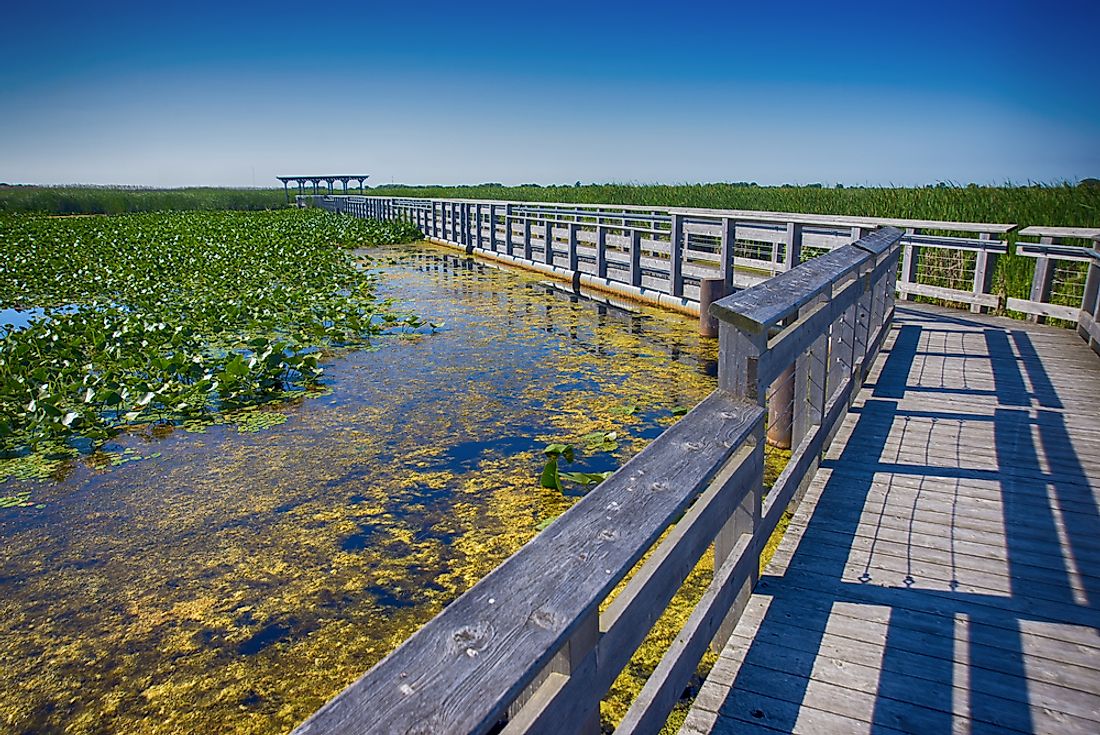
The Point Pelee National Park is situated in the southwestern extreme of the province - in fact, it is the southernmost point of Canada. It comprises of only 4 km2 of land which extends into Lake Erie. The park also has a peninsula possessing marsh and woodland habitats. It grants a wonderful site to watch the annual season of bird migration attracting approximately 300,000 tourists every year. The birds usually migrate in spring, specifically in the month of May.
3. Pukaskawa National Park
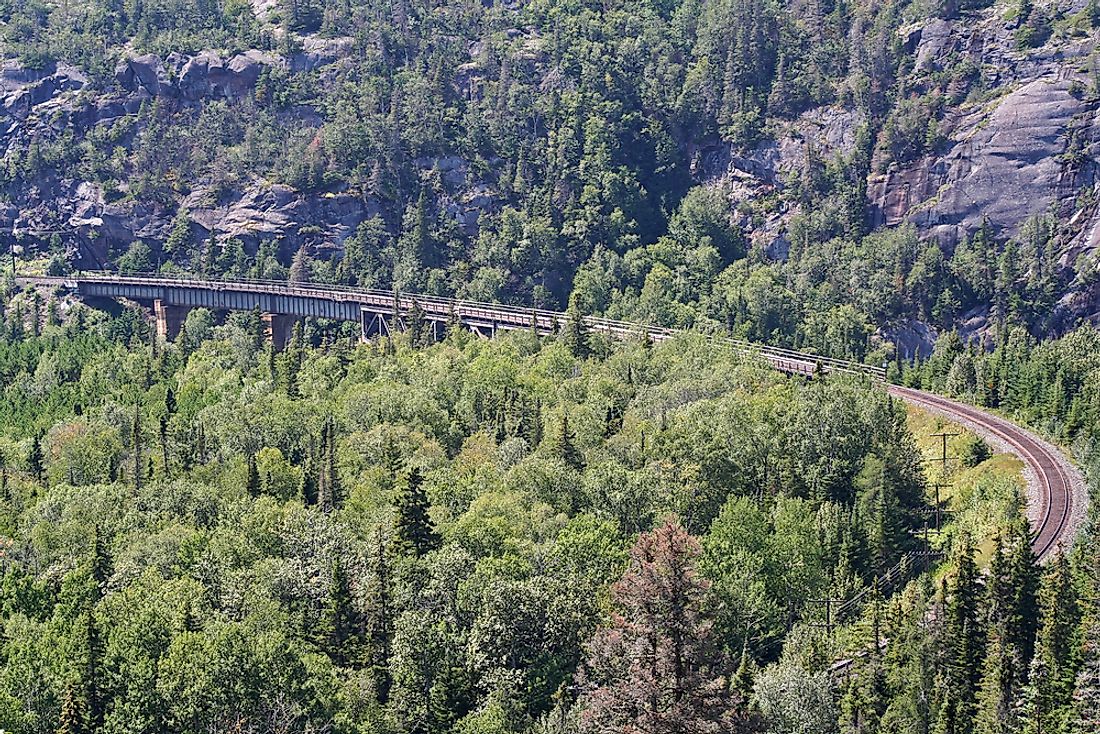
Located south of the town of Marathon, Pukaskawa National Park was established in 1978. It is popular for harboring boreal forests and vistas of Lake Superior. The size of the park is 1,878 km2 with campsites found along the coastal hiking trail. The animals which may be interesting to view in this park are timber wolves, black bears, woodland caribou, moose, and peregrine falcons. The woodland caribou are almost extinct due to being hunted by wolves. The park has a humid continental climate. It also has old rock structures commonly known as Pukaskwa pits.
2. Rouge National Urban Park
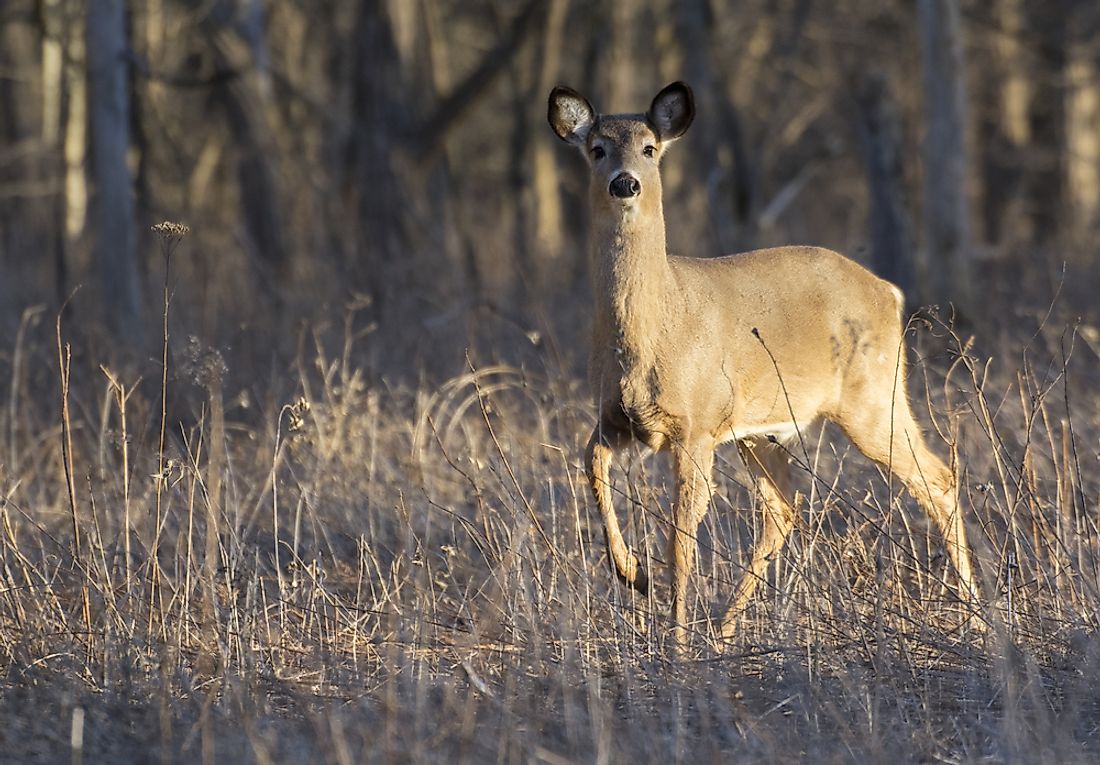
The Rouge National Urban Park is a habitat to over 1,650 species of both plants and animals. The animals include 65 species of fish, 21 amphibian and reptile species, and 261 bird species. The park freely admits visitors 365 days per year. The only fees which are charged are camping fees. The Rouge National Urban Park contains over 12 km of trails used by hikers in Markham and Toronto. The park also possesses large tracts of rich and fertile farmland which is under protection. The farms are of Class 1 status and made up of the rarest soil in Canada. Reesor's and Whittamore's Farm markets have invested in these lands.
1. Thousand Islands National Park
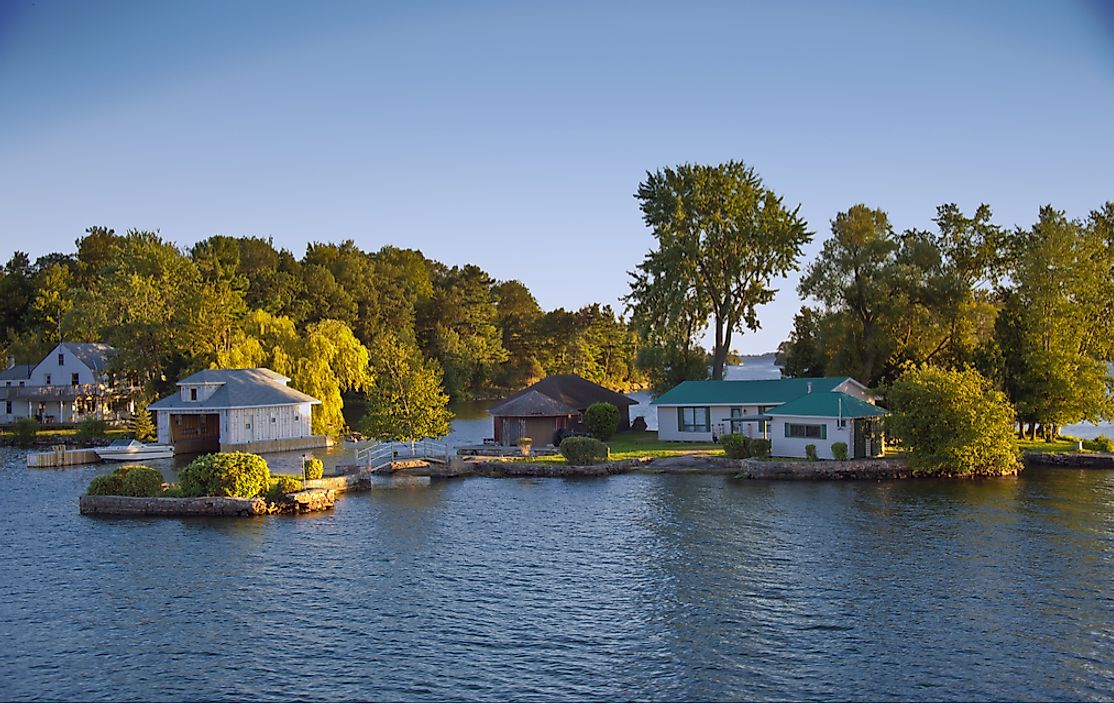
Thousand Islands National Park is made up of 21 islands situated from Brockville all the way to Kingston along the Lawrence River. The islands can only be reached by riding boats. Most visits to the Thousand Islands National Park are made between May and October. Coyotes are commonly known to inhabit the area. The best experience in the park is seeing the island life. There are also camping sites which visitors can use during their stay.







